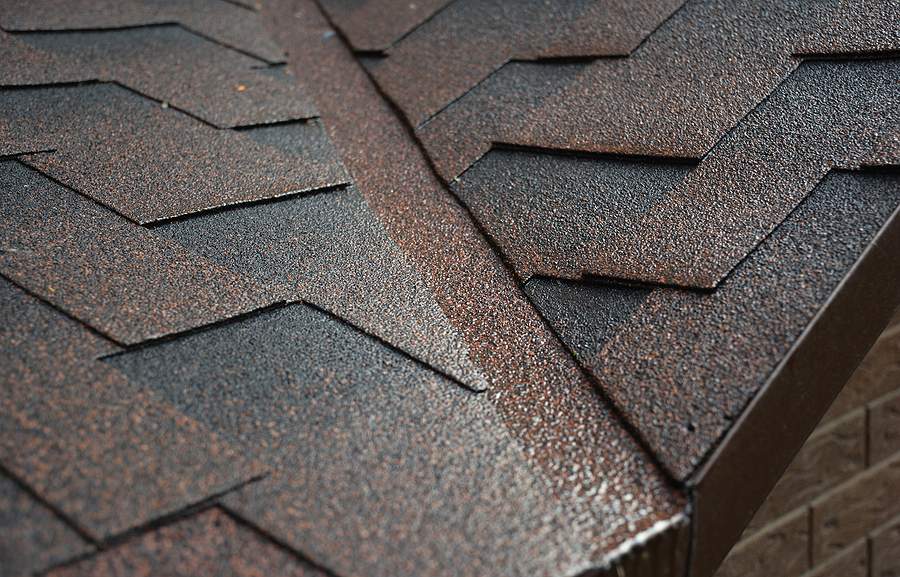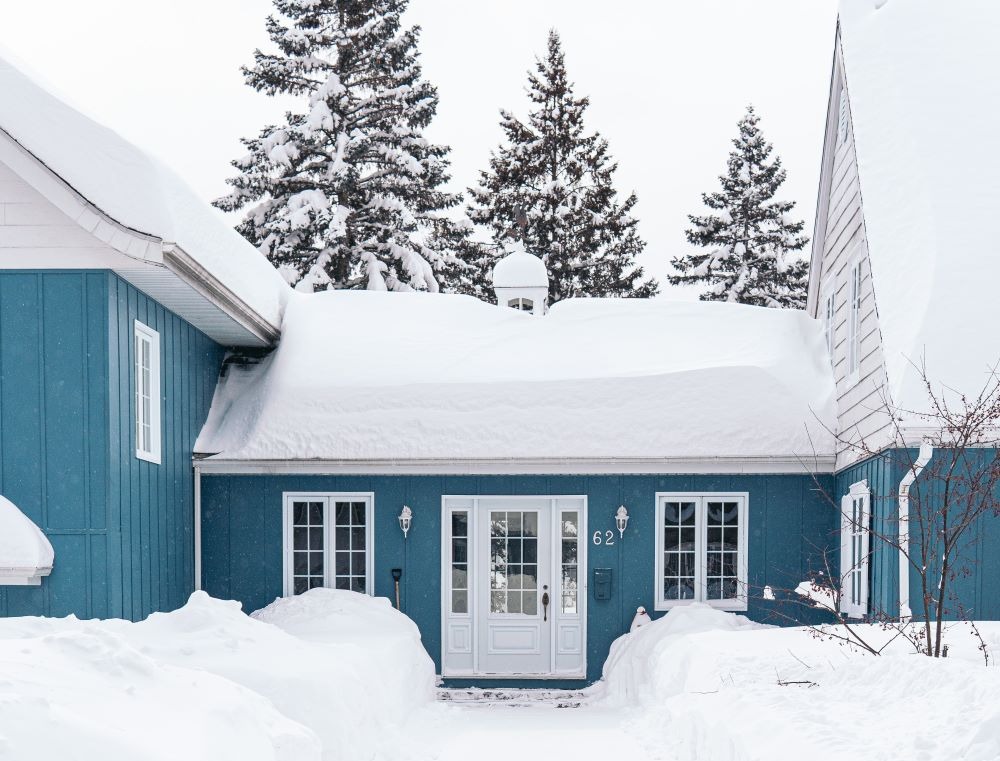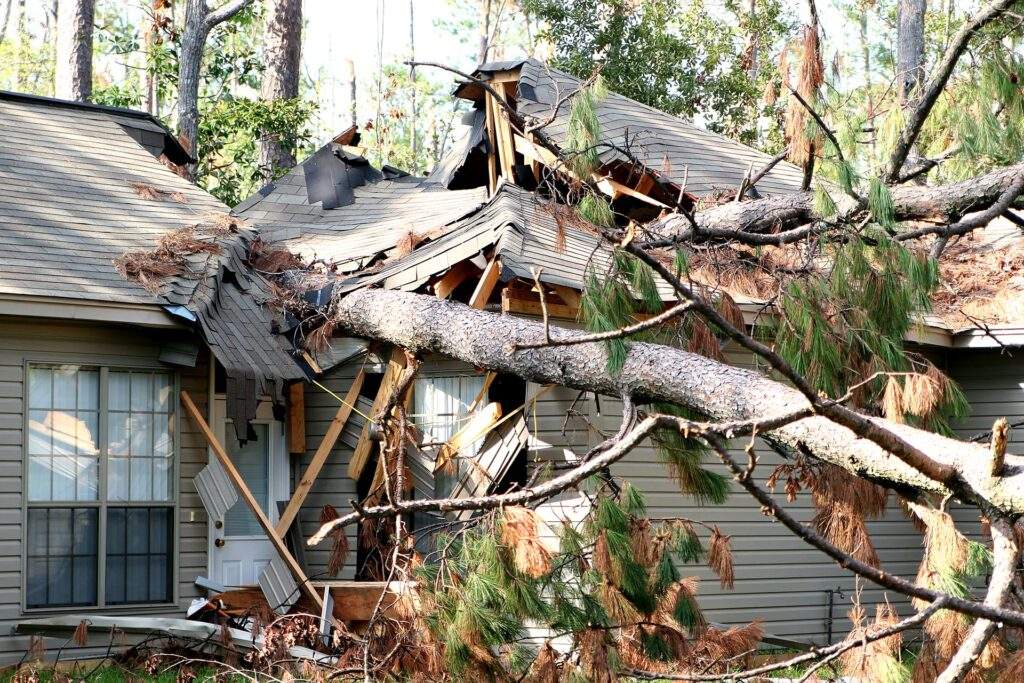When it’s time to replace your roof, choosing the right shingle is one of the most important decisions you’ll make. For Minnesota homeowners, weather resilience, energy efficiency, and long-term value are all essential. Many homeowners consider asphalt and fiberglass roof shingles as their top choices when planning a new roof. Two of the most popular options are asphalt and fiberglass shingles. Understanding how they compare will help you make a confident, informed choice that protects your home for years to come.
Key Takeaways
- Asphalt and fiberglass shingles have unique benefits and costs (these shingle types each have distinct features).
- Fiberglass shingles are lighter, more fire-resistant, and often longer-lasting.
- Asphalt shingles can offer better insulation and are typically less expensive.
- Both options perform well when installed by an experienced contractor.
What Are Asphalt Shingles?
Traditional asphalt shingles use an organic base—usually felt or paper—saturated with asphalt and coated with mineral granules. These are often called organic asphalt shingles, with the base material typically being flammable paper or felt, which is then coated with asphalt and mineral granules. The base material coated with asphalt is what distinguishes organic asphalt shingles from fiberglass shingles, which use a fiberglass mat as the base instead. This design has been trusted for decades due to its durability and cost-effectiveness (organic asphalt shingles are a type of asphalt shingle).
Benefits of asphalt shingles:
- Excellent insulation properties that help maintain indoor temperatures.
- Heavier composition can make them more resistant to strong winds.
- Typically more affordable upfront compared to fiberglass options.
- Repair costs for asphalt shingles are generally lower than for some premium roofing materials, but may increase if moisture damage occurs.
However, they tend to absorb more moisture over time, which can make them susceptible to warping or cracking, especially in Minnesota’s freeze-thaw cycles.
What Are Fiberglass Shingles?
Fiberglass shingles use a woven fiberglass mat as the base layer, coated in asphalt and topped with ceramic granules. The fiberglass base makes these shingles lighter, more fire-resistant, and they contain less asphalt than organic asphalt shingles. This layered construction is why fiberglass shingles are sometimes called composite shingles. This construction makes them lighter and often more durable over the long term. Fiberglass shingles cost is generally lower than organic asphalt shingles, both in terms of material and installation.
Advantages of fiberglass shingles:
- Greater fire resistance, helping protect your home.
- High fire rating (often Class A), providing superior fire safety.
- Excellent heat resistance, helping the shingles withstand high temperatures and prevent fire damage.
- Less moisture absorption, reducing the risk of warping.
- Longer lifespan and excellent UV protection.
- Reflects UV rays, which reduces heat absorption and helps keep your home cooler.
- More energy efficient than traditional asphalt shingles, contributing to lower energy bills.
Fiberglass shingles are also easier to install due to their lighter weight, which can lower labor costs.
Comparing Durability in Minnesota Weather
Minnesota’s weather puts every roofing material to the test. From subzero winters to humid summers and severe storms, you need a shingle that stands up to extremes. Both asphalt and fiberglass shingles are designed to withstand a range of weather conditions, including high winds and extreme temperatures.
- Asphalt shingles provide robust wind resistance but may lose granules faster during heavy hail events. They are resilient in extreme temperatures and harsh weather conditions.
- Fiberglass shingles maintain their structural integrity longer, thanks to their low moisture absorption and improved flexibility in cold temperatures. They are especially durable in cold weather and extreme temperatures, and perform well in both severe and mild climates.
When properly installed by a certified team, either option will provide years of reliable protection.
Fire Resistance and Safety
When it comes to fire resistance, the choice between asphalt shingles and fiberglass shingles can make a significant difference in your home’s safety. Fiberglass shingles are built on a fiberglass mat base, which is inherently non-combustible and offers a higher fire resistance rating compared to traditional asphalt shingles. The organic base found in many older asphalt shingles—often made from paper or felt—can be more susceptible to catching fire, especially in extreme heat or during wildfires. For homeowners who prioritize fire safety, fiberglass shingles are a smart investment, providing an extra layer of protection for your roof and peace of mind for your family. This added fire resistance can also help lower insurance premiums, making fiberglass shingles a compelling choice in the asphalt vs fiberglass debate for those who value safety and security.
Environmental Impact
Choosing the right roofing material isn’t just about performance—it’s also about environmental responsibility. Fiberglass shingles stand out as a more environmentally friendly option thanks to their lighter weight and reduced asphalt content, which means fewer resources are used in production and transportation. Many fiberglass shingles are manufactured using recycled materials and can be recycled again at the end of their lifespan, helping to minimize landfill waste. In contrast, traditional asphalt shingles are heavier and contain more asphalt, which can increase their environmental footprint. While both asphalt shingles and fiberglass shingles are considered affordable roofing materials, those looking to make a greener choice for their roofing project will find fiberglass shingles to be the more sustainable option.
Cost Considerations
Asphalt shingles are generally more budget-friendly upfront. On average, asphalt shingles cost less per square foot compared to fiberglass shingles, making them a more affordable option for many homeowners. If you need an economical solution and plan to move in the near future, asphalt may be the practical choice.
Fiberglass shingles, though typically more expensive, can pay off over time through longer lifespan and reduced maintenance costs. For Minnesota homeowners planning to stay in their home long-term, the investment often delivers better value.
Professional roof installation is also a key factor, as it can affect both the initial cost and the long-term value of your roofing investment.
Energy Efficiency and Home Comfort
Insulation and reflectivity also differ between these materials.
- Asphalt shingles tend to provide slightly better natural insulation due to their thicker composition.
- Fiberglass shingles, especially in lighter colors, can reflect more heat in the summer, potentially lowering cooling costs.
Combining fiberglass shingles with high-quality attic insulation can deliver outstanding year-round energy performance.
Installation and Warranty Considerations
Whether you choose asphalt or fiberglass, quality installation is critical. The installation process for fiberglass shingles is generally easier and faster due to their lighter weight and flexibility, while asphalt shingles may require more effort because of their heavier composition. At Allstar Construction, we follow manufacturer specifications precisely and offer roofing systems that include premium underlayment, proper ventilation, and precise flashing.
We stand behind our work with industry-leading warranties, protecting your investment and ensuring your peace of mind.
Ready to compare shingle options in detail? Schedule your free estimate today and let our experienced team help you choose the best fit for your Minnesota home.
Maintenance and Upkeep
Both asphalt shingles and fiberglass shingles are known for their minimal maintenance requirements, but fiberglass shingles have a distinct edge when it comes to ease of upkeep. Thanks to their resistance to algae growth and moss growth, fiberglass shingles maintain their appearance and integrity with less frequent cleaning or repair. Their longer lifespan also means fewer roof repairs and replacements over the years, even in areas prone to intense heat or severe storms. Traditional asphalt shingles, especially those with an organic base, may require more attention to prevent issues like warping or moisture damage. Regularly inspecting individual shingles and keeping your roof clear of debris can help extend the life of any shingle roof, but for homeowners seeking a low-maintenance, long-lasting solution, fiberglass shingles are a top choice.
Resale Value and Curb Appeal
The type of roofing material you choose can have a lasting impact on your home’s resale value and curb appeal. Fiberglass shingles are often favored for their durability, fire resistance, and the wide range of styles available—including laminated shingles and architectural shingles that mimic the look of premium roofing materials. These features not only enhance the visual appeal of your home but can also increase its market value, making fiberglass shingles a wise investment for those thinking about future resale. While traditional asphalt shingles remain one of the most affordable roofing options, they may not offer the same level of aesthetic variety or long-term value. By choosing fiberglass shingles, homeowners can enjoy a beautiful, durable roof that stands out in the neighborhood and delivers a higher return on investment when it’s time to sell.
FAQs About Asphalt and Fiberglass Shingles
How long do asphalt shingles last? On average, asphalt shingles last 15–20 years with proper maintenance.
Are fiberglass shingles worth the extra cost? Yes, especially if you plan to stay in your home longer. Their durability, fire resistance, and lower maintenance can offset the initial investment.
Do fiberglass shingles handle ice dams better? They’re less likely to warp due to moisture, but proper attic ventilation and insulation are the best ways to prevent ice dams.
Can I mix asphalt and fiberglass shingles? Mixing is not recommended. Each product performs best as part of a complete system.
Does Allstar Construction install both types? Absolutely. We install a range of asphalt and fiberglass shingle options from GAF, Owens Corning, and CertainTeed to meet your goals and budget.
How do roof repair and proper upkeep affect the lifespan of my shingles? Regular roof repair, such as patching or replacing damaged shingles, is essential for preventing leaks and further damage. Proper upkeep, including routine inspections and maintenance, helps maximize the lifespan and performance of both asphalt and fiberglass shingles. This ensures your roof remains durable and cost-effective over time.
Ready to Protect Your Home?
Make your next roof replacement a success with trusted guidance and professional installation. Contact Allstar Construction today for a free estimate and discover the right roofing solution for your Minnesota home.



